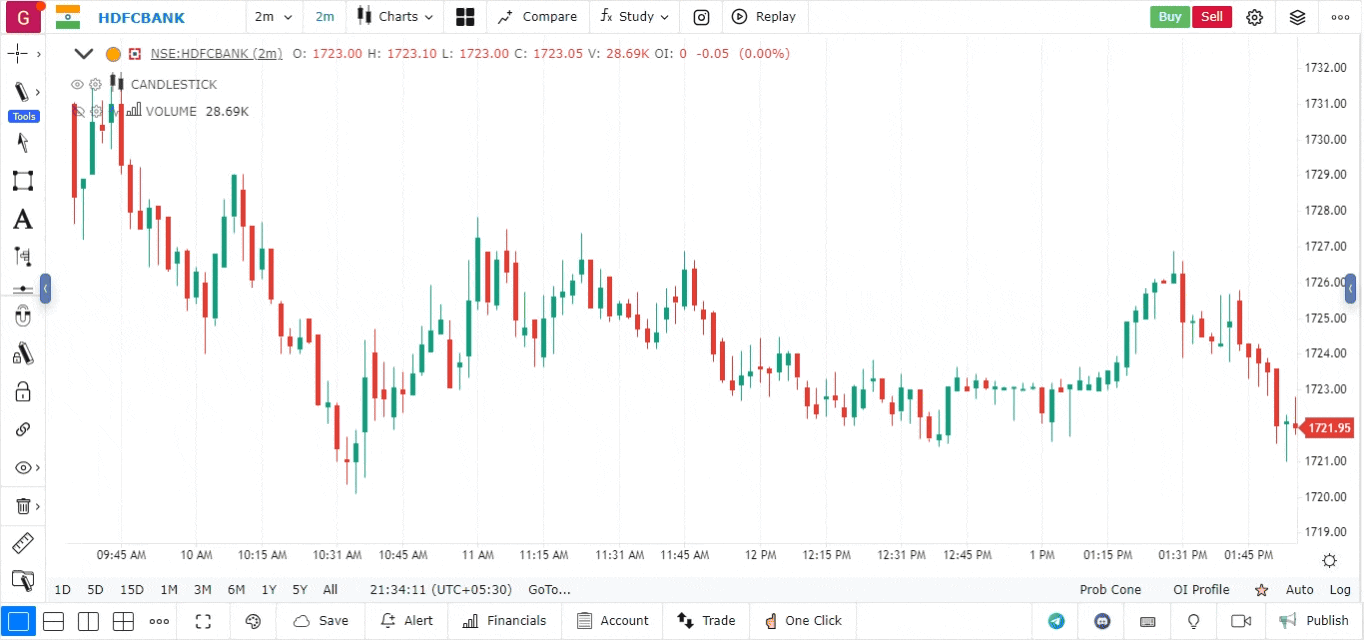Historical Volatility Indicator
The Historical Volatility Indicator is a powerful tool that measures the degree of variation in the price of an asset over a specified period. By quantifying past price fluctuations, this indicator helps traders assess market stability, identify trends, and make informed trading decisions.
Overview of Historical Volatility Indicator
The Historical Volatility Indicator calculates the volatility of an asset based on its past price movements. It is often expressed as a percentage, providing insights into how much the asset’s price has varied over a set interval. This information is essential for understanding market conditions and potential future price movements.
Key Features of Historical Volatility Indicator
- Volatility Measurement: The indicator quantifies price fluctuations, helping traders assess whether the market is experiencing high or low volatility.
- Risk Assessment: Understanding historical volatility enables traders to gauge the risk associated with trading a particular asset, allowing for better risk management.
- Customizable Settings: Traders can adjust the look-back period and other parameters to align the indicator with their trading strategies.
How to Use Historical Volatility Indicator
- Open the platform:
- Log in to your account.
- Load the chart for the asset you want to analyze.
- Select the Timeframe:
- Choose an appropriate timeframe that aligns with your trading approach (e.g., daily, weekly, or hourly).
- Add the Historical Volatility Indicator:
- Navigate to the Indicators section in the platform interface.
- Search for Historical Volatility Indicator.
- Click to add the indicator to your chart, which will typically appear as a line graph below the price chart.

- Interpret the Indicator:
- The Historical Volatility Indicator displays the calculated volatility, often represented as a percentage.
- Higher values indicate greater price fluctuations, while lower values suggest more stable price action.
- Make Trading Decisions:
- High Volatility: When the indicator shows high volatility, it may suggest that the market is more unpredictable. Traders may consider using wider stop-loss orders and taking advantage of potential breakout opportunities.
- Low Volatility: A lower reading may indicate market consolidation or stability. Traders might look for breakout setups, as low volatility periods are often followed by significant price movements.
- Combine with Other Indicators:
- Use the Historical Volatility Indicator alongside other technical indicators (such as Bollinger Bands, Average True Range, or Moving Averages) for enhanced confirmation of trading signals.